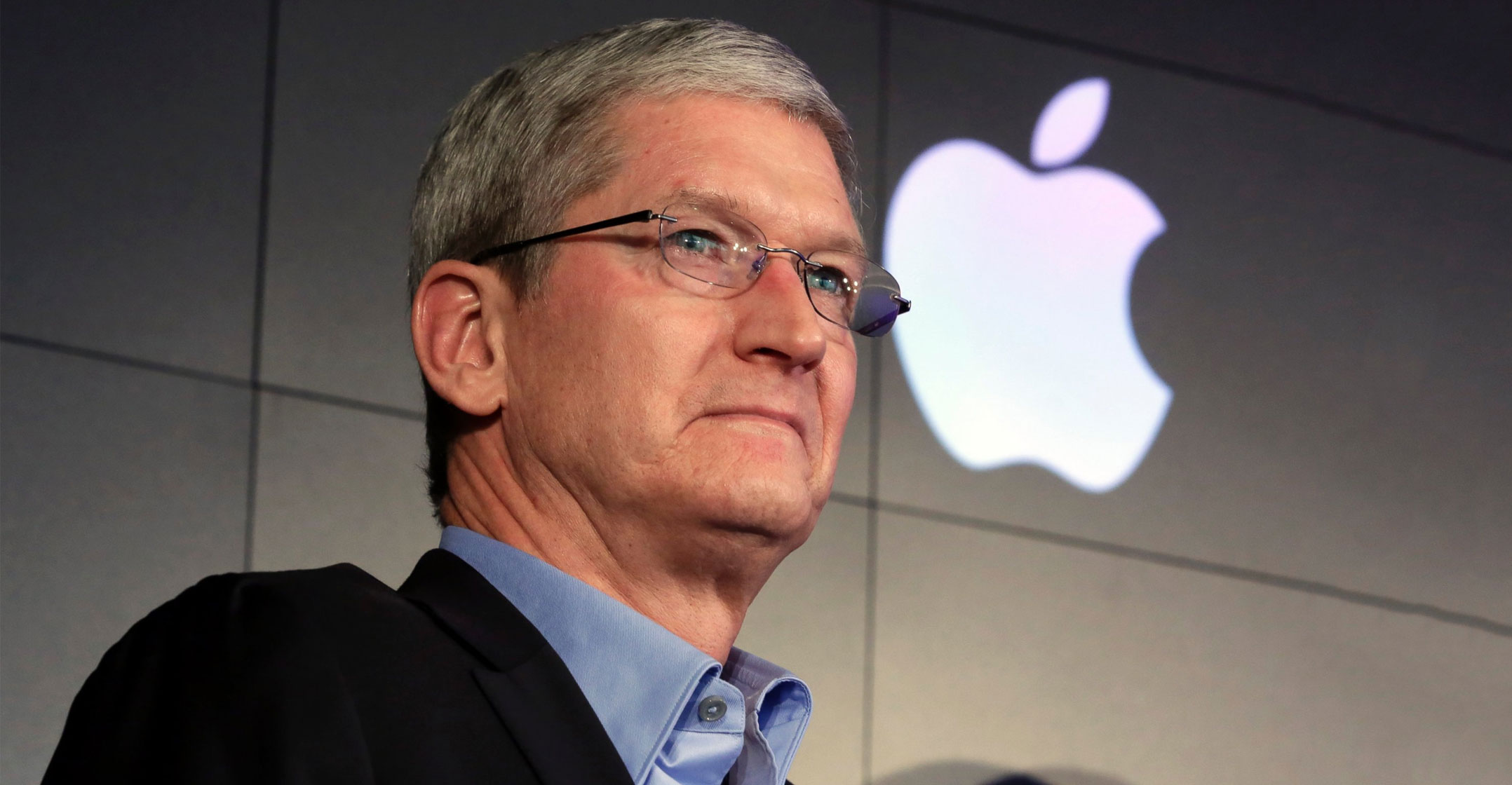 With its 175-acre campus in Cupertino, California, and several dozen more offices across the rest of the world, Apple wasn’t designed as a work-at-home company. That all changed about three weeks ago in the coronavirus pandemic.
With its 175-acre campus in Cupertino, California, and several dozen more offices across the rest of the world, Apple wasn’t designed as a work-at-home company. That all changed about three weeks ago in the coronavirus pandemic.
Earlier in March, Apple shut many facets of its Apple Park and older Infinite Loop campuses as San Francisco Bay Area officials put in place stay-at-home orders. Later, the company told employees that specific approval is needed to gain access to an office, but identification badges remain functional.
The shift from office culture to remote work has been challenging for the hardware-focused company with a passion for secrecy. In the past, Apple has gone to great lengths to keep its new products shielded from the public until the company is ready to unveil them. Employees work behind secure doors with blacked-out windows, lock products in cabinets and are barred from discussing their assignments even with spouses. Now, working from home, some are finding it hard to adjust and there have been minor hardware development setbacks, according to Apple employees who asked not to be named talking about company matters.
The majority of Apple’s hardware products are engineered at Apple Park or surrounding buildings in Cupertino and Sunnyvale, California. For some work that requires hands-on development, some hardware engineers in Silicon Valley are allowed into the office, the people said. Apple also has hardware engineers in San Diego, California, and global coronavirus hot spots like Italy, Germany and Asia. But the company’s restrictions in those regions are far stronger. Apple has extended its remote work policy until at least 5 April, depending on an office’s location.
In a notice to staff, Apple said that “whether you’re working at home or at the office, it’s always critical to keep confidential work confidential. While working remotely, use the same care and always securely store confidential items and documents when not in use.”
Not paused
Still, Apple hasn’t paused its efforts to build future devices. The company is working on new versions of the HomePod speaker, Apple TV set-top box, MacBook Pro, budget iPads, Apple Watch and iMac for as early as later this year. The next round of flagship iPhones are targeting release in their normal spring-time window.
The Bay Area is expected to enforce a stay at home order until 1 May, meaning these restrictions may be in place for at least another month, a key period when Apple finalises products for later this year and next year.
“Apple has struck the balance between recognising that much of the world runs on their products and that they need to keep them functioning and advancing, and they are balancing that with employee safety,” said Gene Munster, a longtime Apple analyst and co-founder of Loup Ventures. “They are reminding us with these small products they’ve recently announced that they’re going to keep working.”

In early March, in a contrast to its normal practices, Apple started allowing engineers to take home early versions of future devices to continue work during the lockdown period. Previously, the company allowed select employees to take home nearly compete devices such as iPhones for real-world testing.
Typically, Apple is a company built on in-person meetings. Designers, for example, gather around kitchen-like tables to dream up future products. Hardware experts engineer and test devices together — things that simply are either more difficult or impossible over the Internet.
Taking home a future product requires the green light from the vice president of an employee’s organization. That list of staff with future devices at their homes also is sometimes reviewed by Apple’s senior vice presidents, the management team run by CEO Tim Cook.
As part of the work-from-home order, Apple has clamped down on which employees are allowed to take home future versions of software, including the next release of iOS, the platform that runs the iPhone and iPad. Like with hardware, employees working on unreleased software, such as the upcoming iOS 14, require approval from the highest levels of the organisation, the people said.
Some Apple software engineers have privately complained about the difficulties of working from home, including distractions and concern about the ongoing health crisis. But Apple’s software releases for later this year are currently on track and the company said it will announce the new versions in June at an online version of its annual developer conference.
Meetings have continued by phone and video conferencing. Apple requires employees to communicate via its own FaceTime service, Slack Technologies’ app and Cisco Systems’ Jabber or WebEx in order to maintain secrecy. For file sharing, Apple limits working to its suite of productivity apps, Salesforce.com’s Quip and Box.
Tips
As part of its shift to working at home, Apple has also sent employees tips on ergonomic work setups, offered to reimburse staff for purchases of desks and computer monitors and has published responses to workers’ concerns about Covid-19.
Apple shut all 458 of its stores outside of mainland China, Taiwan and Hong Kong earlier this month, and the company is holding store employee meetings, known as “Daily Downloads” virtually and on a less regular basis.
Deirdre O’Brien, Apple’s senior vice president of people and retail, has also been sending employees messages recorded from her home. Last week, she told employees that some workers and their family members were ill with Covid-19. She also reiterated that stores would reopen on a case-by-case basis depending on local conditions possibly as soon as the first half of April.
To lighten the mood in an otherwise traumatic period, Apple started a contest for employees to share photos of their work-from-home setup. The last guideline reads: “If you’re working on anything confidential, please keep it out of the shot.” — (c) 2020 Bloomberg LP




